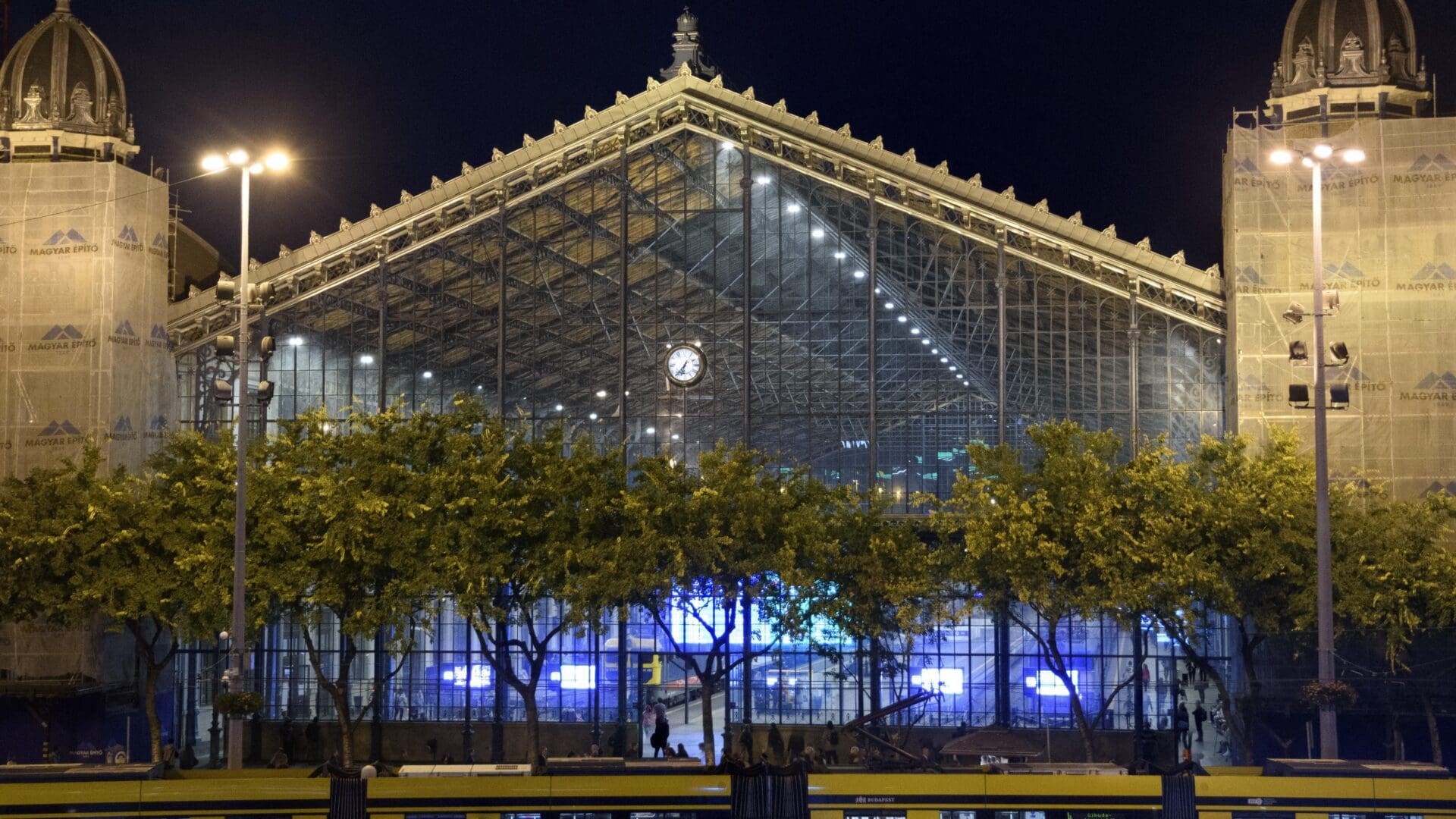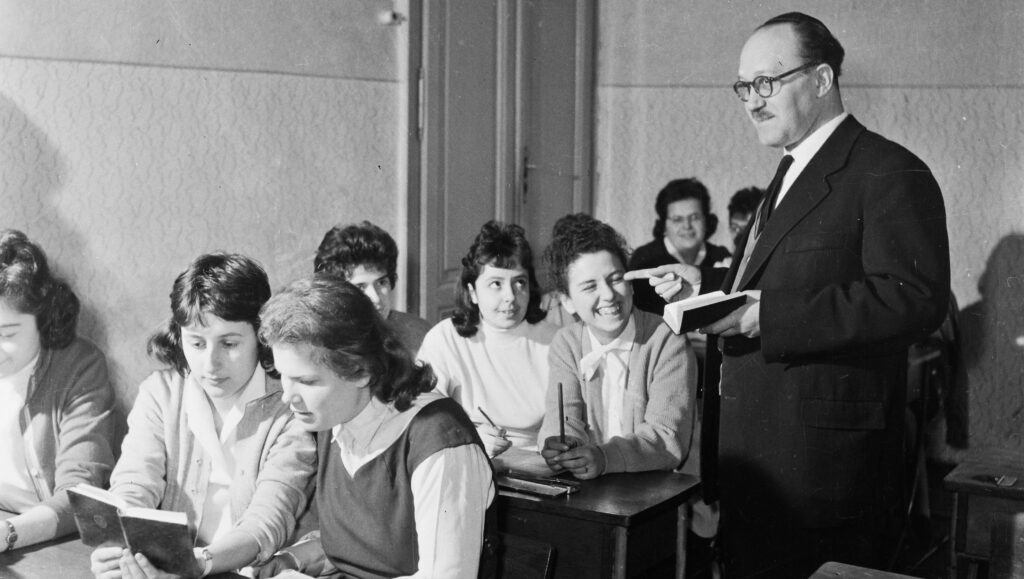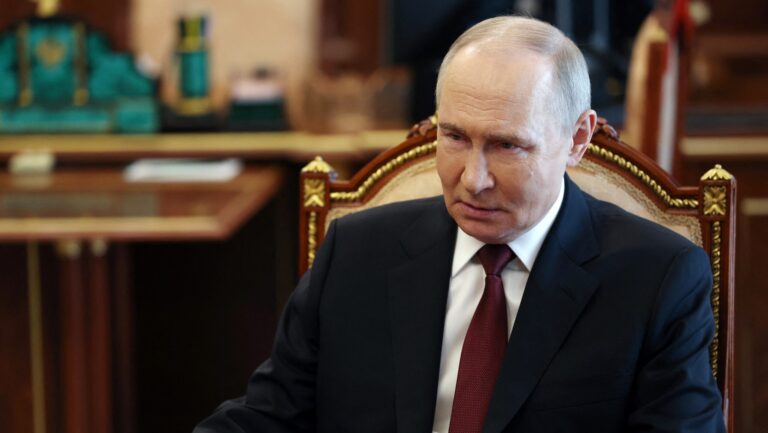Three new pedestrian crossings will be built at Nyugati Square, making it fully accessible for pedestrians, the Centre for Budapest Transport (BKK) announced.
The construction works began on Monday, 19 June and are expected to last for approximately two months. Pedestrians will be able to cross along the Nagykörút (Grand Boulevard) parallel to Bajcsy-Zsilinszky Avenue, Váci Street, and Szent István Boulevard. Pedestrian lights with audible signals will also be installed. Cyclists will also benefit from the project, as a protected route will connect Bajcsy-Zsilinszky Avenue and Váci Street.
The investment is part of the city development concept named Reawakening Boulevards. ‘The transformation of redundant bus lanes aims to reduce traffic congestion in the city centre, provide a safe cycling route along Üllői Avenue and Váci Street, and decrease congestion in the city centre. The establishment of pedestrian crossings at Nyugati Square is closely related to this comprehensive urban development concept,’ BKK wrote.
The detailed plans were presented by the capital city leadership in March of this year. Budapest Mayor Gergely Karácsony stated that there is a more than 200 billion HUF investment package for transportation and road development supported by the European Union, but it is necessary for the country to receive the funding. Last year, the city also built new pedestrian crossings at Blaha Lujza Square, removing the need to go underground the cross the boulevards, making the square fully accessible. While drivers might oppose the building of more and more crossings, it is definitely a welcome addition to those who prefer foot traffic.
In addition to these, numerous busy intersections in the capital city already have accessible surface transportation: new pedestrian crossings have been established at Újpest Központ, Lehel Square, the junction of Dózsa György Road and Váci Street, and also at Nagyvárad Square. Based on development ideas that have been included in the Budapest municipal budget, further new pedestrian crossings can be expected at locations such as Astoria, on Rákóczi Road between Kazinczy Street and Szentkirályi Street, and near Örs vezér Square on Kerepesi Road.
With the completion of the renovation of the M3 metro line, the implementation of the Reawakening Boulevards urban development concept has entered a new phase. The refurbished metro line and the decreasing motor vehicle traffic in central Budapest now provide an opportunity for the revival of the once glorious boulevards that have been reduced to city centre ‘highways.’
BKK will continuously inform its passengers about the changing traffic arrangements as the work progresses.
Related articles:








